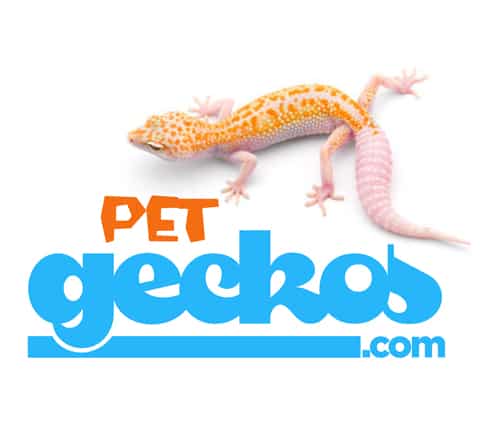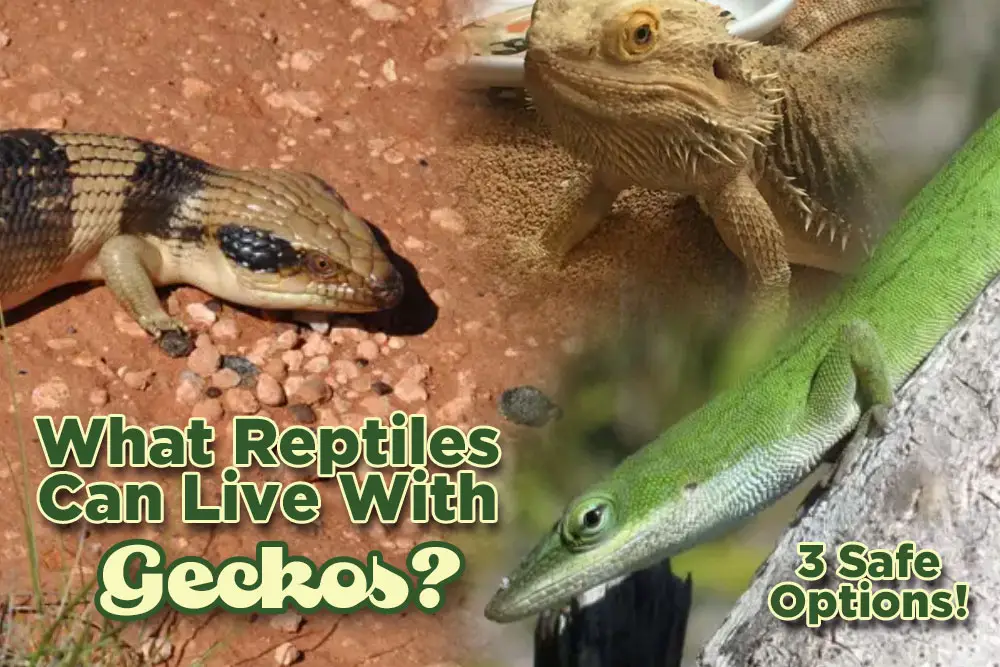
Nowadays, many reptile enthusiasts are interested in creating diverse and dynamic habitats with their geckos and other reptile pets. Although it seems exciting, it is not always easy to do. Compatibility is key. If you are a gecko fan and have some geckos, you might be wondering which reptiles can cohabitate with geckos.
Before diving into that, every reptile enthusiast considering communal setups must consider the compatibility, habitat requirements, and individual needs of the reptiles involved. With that in mind…
You can cohabitate geckos with anole lizards, blue-tongued skinks, or bearded dragons under specific conditions. There may be others, but these 3 are a few safe options and what we are considering today.
While keeping varied species together is super fun and interesting, it is not so easy to pull off, and not always a great idea to try. Only combine geckos with other reptiles in the same terrarium when thought through carefully. Hopefully, this article will give you some good guidance about it.
If you are wondering about these cohabitations, read further. In this article, we will explore reptile species that can cohabitate with geckos. Some good reptile/gecko cohabitations and other considerations include the following… Click the table of contents to read further.
Table of Contents
- Which Reptiles Can Cohabitate With Geckos?
- Green Anoles and Geckos
- Bearded dragons and Geckos
- Blue-Tongued Skinks and Geckos
- Can Geckos Cohabit?
- What Should You Consider Before Housing Geckos With Reptiles?
- Conclusion
Which Reptiles Can Cohabitate With Geckos?
Few reptiles can live with geckos when certain conditions are met. However, there are varieties of geckos that differ in habitat requirements and individual needs. Knowing this, you must identify the gecko you have and ensure that it is compatible with the reptiles listed before cohabitating.
Green Anoles and Geckos
Green anoles (Anolis carolinensis) are small attractive lizards that can change their body color from brown to emerald green. They are diurnal (active during the day) and arboreal (live on trees). Anoles are sometimes thought of as Chameleons since they can change their color, but it is important to note that Anoles are not true Chameleons.
As a kid, I had a lot of these as pets on and off. They were super fun and interesting to have as pets, and fairly easy to keep. But what about combining them with a pet gecko?
It is more feasible to house a young green anole with a young crested gecko than a young leopard or day gecko. This is because they share similar habitat requirements and anoles are diurnal while crested geckos are nocturnal and crepuscular.

As for adult ones, it is not advisable because adult crested geckos are usually larger than adult anoles and will likely prey on them. Unlike green anoles, leopard geckos can not live in high humidity. Their ideal humidity (between 30 to 40%) is too low for green anoles.
Let us have a look at what it takes to cohabitate a crested gecko and a green anole.
Enclosure
A 20-gallon aquarium can house a green anole lizard or a crested gecko. Considering that, you will need an enclosure that is at least double that size, preferably triple or more. With cohabitation, the bigger the enclosure, the better. It is best to go with a bioactive enclosure.
Equip the enclosure with several life plants like orchids and vines to provide multiple hiding spots. Branches, bamboo, and driftwood are also necessary for climbing and to ensure that both reptiles have multiple basking spots.
Ensure that the lid of the enclosure is very secure and tight fitting to prevent the reptiles from slipping out. Additionally, you can line the enclosure walls with coconut or orchid bark as substrate. This will be very useful in maintaining humidity.
Habitat requirements
For crested geckos, their ideal daytime temperature ranges between 70 and 90 F, and at night, it ranges between 65 to 75 F. Their ideal humidity ranges between 50 and 70 %.
For green anole lizards, their ideal temperature ranges between 75 and 80 F with a basking spot temperature between 85 and 90 F during the day. At night 65 to 75 F is ideal. Their ideal humility is from 60 to 70%.
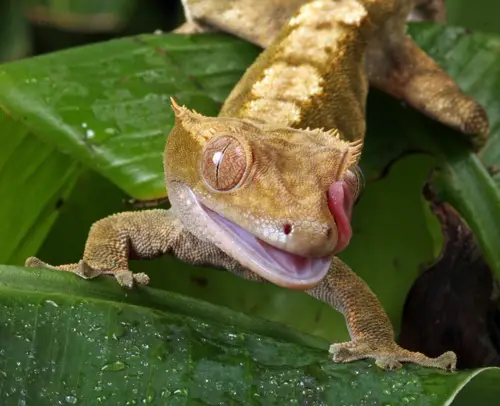
With that, you can settle for a temperature of 75 F and a humidity of 60%. These values are suitable for both reptiles. Heat bulbs and heating pads are recommended for heating. You can also mist the enclosure with water or place a large bowl of water in it to attain and maintain the humidity (check with a hydrometer).
It is important to note that exposing the green anole lizard to full-spectrum UVB light for 10 to 12 hours per day prevents it from developing metabolic bone disease. However, doing this increases the heat in the enclosure and stresses the crested gecko.
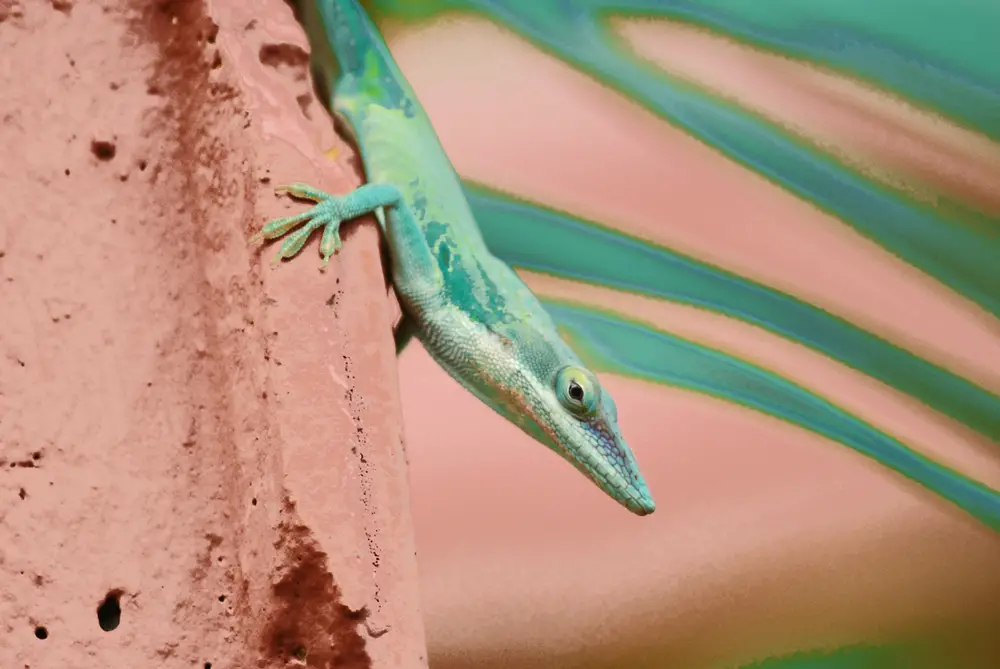
Feeding requirements
Luckily, they both feed on crickets and insects like mealworms. It is good to gut-load the insects with nutrient-rich meals before serving them as food for the reptiles. This ensures that the reptiles consume nutrient-rich meals.
The green anole lizard consumes water by licking water droplets on the misted plants. To ensure a clean and parasite-free environment, you can spot clean daily or put in insects that can deal with the waste of the reptiles.
The Importance of Observation of Your Reptiles Together
This is very important. When and after introducing these reptiles into the same enclosure, you need to observe them closely to see how they relate. You must also observe to ensure that they are both feeding well and have enough space to roam around without interfering with each other.
If you notice any abnormality such as stress, it is best to separate them.
Bearded dragons and Geckos
Bearded dragons are moderately sized lizards that make good pets because of their fascinating behaviors. Among popular pet geckos, it is most feasible to cohabitate with leopard geckos.
This is because their habitat and individual requirements are compatible. They can both live in an enclosure set with a temperature of 75 F during the day and 70 during the night. The geckos’ basking spot can be set at 88 F whereas that of the dragon can be set at 95 F.
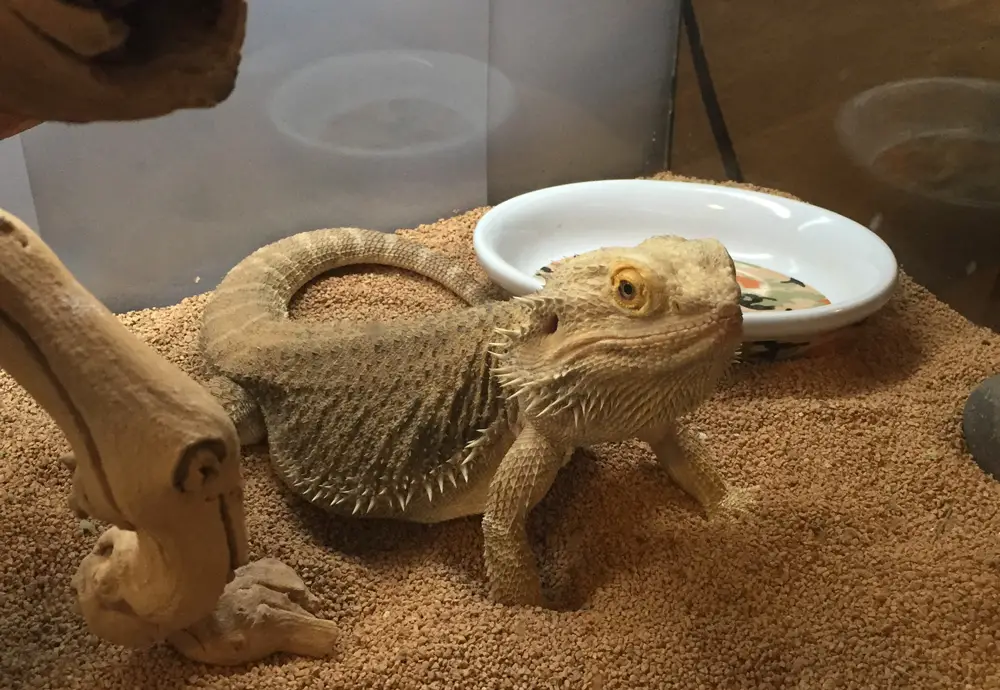
More importantly, they can both live in low humidity. The ideal humidity for their enclosure is 35%. With feeding, leopard geckos are insectivores whereas bearded dragons are omnivores.
Furthermore, leopard geckos are usually active at night whereas bearded dragons are active during the day. This makes it easier to keep them apart.

Blue-Tongued Skinks and Geckos
Blue-tongued skinks are diurnal lizards that make good pets due to their low maintenance and docile nature.
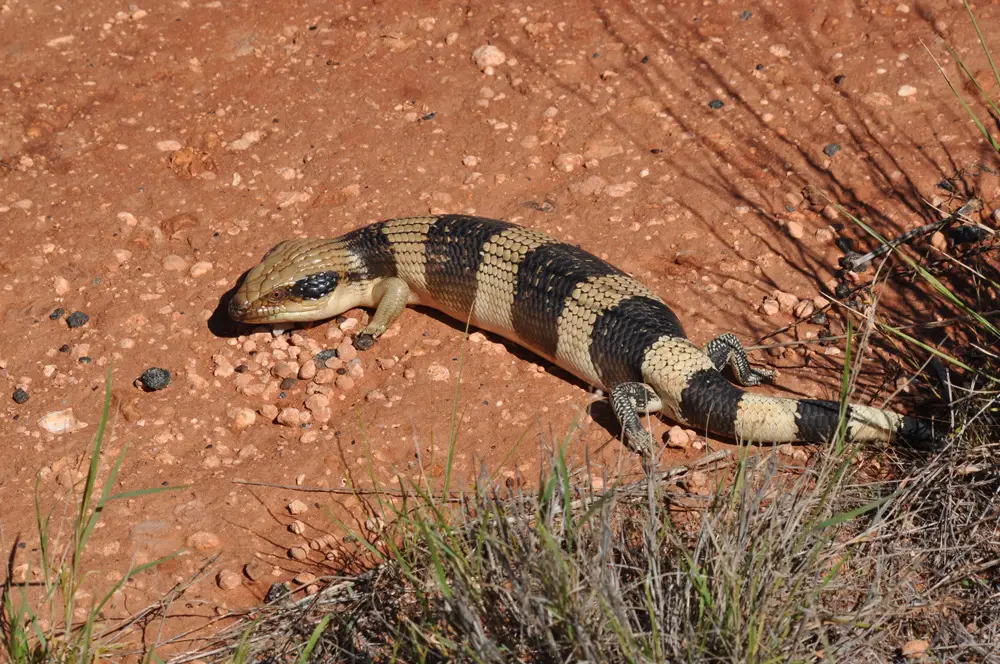
There are several reasons why it is feasible to cohabitate blue-tongued skunks with geckos. First, they are ground dwellers whereas geckos are arboreal. This will serve as an effective barrier in keeping them apart.
Furthermore, both reptiles thrive in warm temperatures (between 75 to 85 F) and require hot basking spots. Moreover, blue-tongued skinks are omnivores and geckos are insectivores.
Extra: Blue-tongued skinks are interesting creatures all on their own. For a deep dive into where these amazing lizards are from check out my article on that here!
Can Geckos Cohabit?
Although not advisable, geckos can cohabit. For example, crested geckos can cohabit with leopard geckos. This is because they share very similar needs. They both feed on insects and can live in an enclosure with temperatures ranging from 73-79 F.
Generally, multiple female geckos can be kept together with a male gecko. However, this should not be done for an extended period. This is because male geckos are quite hostile during breeding and will stress the female gecko if breeding occurs repetitively.
A stressed gecko is a red flag. You must never cohabitate male geckos together. This is because male geckos are very territorial and domineering. Housing them together will end up with both injured or one death when they fight over territorial ownership.
To ensure the safety of geckos, do not house them together, especially male geckos.
Which reptiles can not live with geckos?
Some reptiles can not cohabitate with geckos. Some of which include snakes and monitor lizards. This is because they are gecko predators. They will act as predators and prey on the geckos. As such, one should never consider cohabiting them together.
Generally, it is not advisable to house different species of reptiles together. If you can resist the temptation, then do not house reptiles together. However, if you can not, take all necessary precautions to ensure a safe cohabitation.
What Should You Consider Before Housing Geckos With Reptiles?
So far, we have seen several reptiles that can be housed with geckos. However, to safely establish this cohabitation, we must consider several things. Some of these include;
The Compatability
It is crucial to ensure that both reptiles will be compatible with neither serving as prey to the other.
The size of the enclosure
You must ensure that the enclosure is large enough for both reptiles to roam around freely without interfering with each other. The larger the better.
Humidity, temperature, and lighting
Temperature is equally as important as the size of the tank. You must ensure that the temperature in the enclosure is suitable for both reptiles to live favorably. Create multiple basking and hiding spots to suit the needs of each animal.
Feeding requirements
Each reptile’s feeding requirement must be met. You must ensure that the right food is provided for both reptiles in the appropriate quantity and at the appropriate time.
Conclusion
It is pretty exciting to create a diverse and dynamic reptile community. However, anyone intending to do this must carry out thorough research to check the compatibility of the reptiles to prevent them from hurting each other.
Additionally, you must ensure that the housing conditions are favorable for both reptiles to live harmoniously. The temperature, lighting, and humidity in the enclosure must be suitable for both reptiles.
More importantly, you must monitor the reptiles after introducing them to each other to ensure that they can safely cohabitate.
